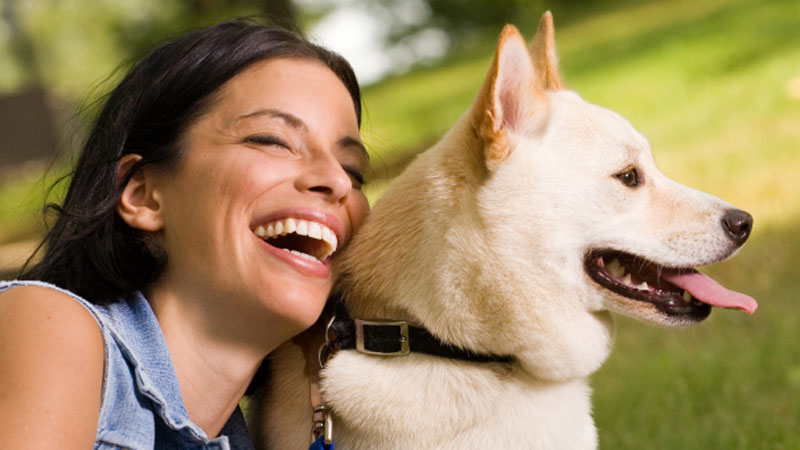CDM
CDM (canine degenerative myelopathy) is a non-painful condition that results in a progressive paralysis of the hind limbs. It was previously known as CDRM. It is mainly seen in German Shepherd dogs, but many other breeds can be affected including Boxers, Poodles, Corgis and Retrievers.
It is a progressive condition with symptoms gradually deteriorating over a 6 - 18 month period. The spinal cord nerves gradually lose their ability to transmit impulses. The cause is due to a genetic mutation resulting in a build-up of free radicals in the nerve cells leading to cell death. Genetic testing is available to assess animals prior to breeding to establish whether they are carries of the defected gene.
CDM is mainly seen in older animals over 8 years. It will usually start as a mild hindlimb lameness. This will be non-painful and is due to weakness rather than stiffness or discomfort as with arthritis. The weakness then causes scuffing of hindlimb nails as the dog in unable to lift its hind legs properly. They often drag their feet and will knuckle over onto the top of the foot; crossing over of the hind legs is another common sign. This wobbliness is often worse on slippery floors. The condition progresses to complete paralysis of the hindlimb and in severe cases this can involve the forelimbs although most dogs are euthanised before this stage. Urinary and faecal incontinence is also seen but again most dogs are put to sleep before they reach this stage.
Diagnosis is made on clinical signs, breed, age and neurological symptoms and also by eliminating other diseases with similar symptoms. Blood tests are taken to rule out metabolic causes of spinal dysfunction. Blood tests can also be used for genetic testing for the gene mutation associated for CDM. An MRI can be performed to rule out disc disease or a spinal tumour. A sample of cerebrospinal fluid (CSF) can be collected and examined to rule out inflammatory causes.
Unfortunately, treatment options are limited. CDM is an irreversible and progressive disease. Long term prognosis is poor as no specific treatments are available. Many dogs remain bright, alert and with a good appetite which often makes the decision to euthanise the dog even more difficult. Speed of disease progression is variable; some dogs will require euthanasia within months of diagnosis whereas others can live with the condition for longer. Life expectancy beyond 18 months after initial clinical signs is rare. Mobility slings can help support your dog’s hind quarters if they are struggling to get up. Physiotherapy and hydrotherapy can also help but ultimately euthanasia is required.


